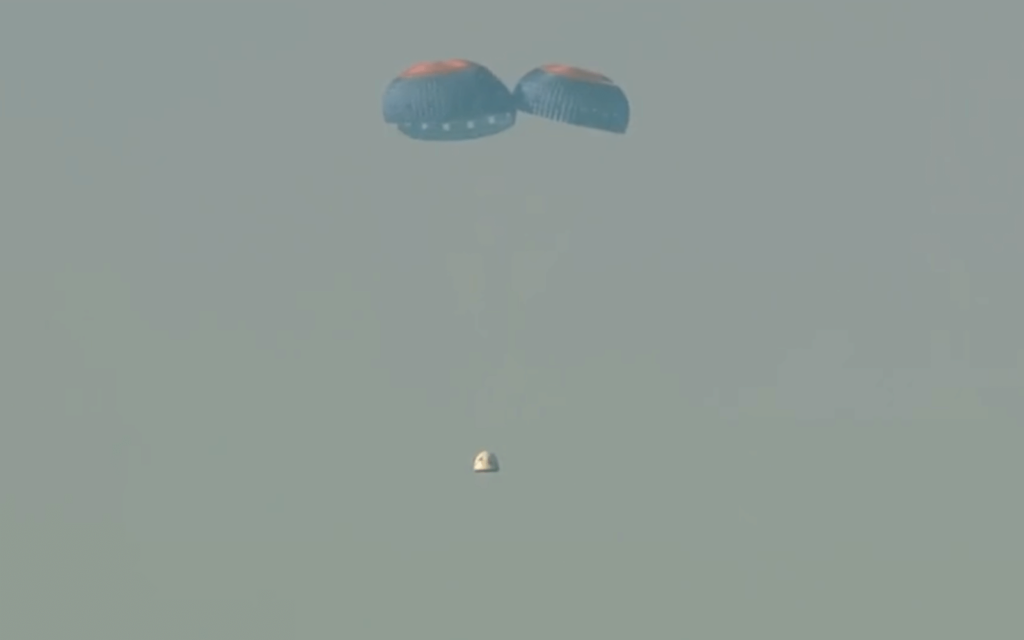When it comes to rocket science, you really want your safety systems to work but testing them is something you hope doesn’t happen. Blue Origin’s rocket launch earlier this week had an opportunity to test out its crew capsule safety systems when the launch failed.
The reason for the failure hasn’t been established. The rocket was heading up to its destination with a full load of scientific instruments when something when wrong.
Scratch one Blue Origin rocket
Booster failure on today’s uncrewed flight. Escape system performed as designed. pic.twitter.com/xFDsUMONTh
— Blue Origin (@blueorigin) September 12, 2022
The launch could have gone considerably worse. When the booster failed, the capture holding a set of NASA’s scientific instruments took off from the stricken rocket. In the tweet above, you’ll see the Blue Origin capsule’s own engines ignite, sending it out of harm’s way.
Moments later, its parachutes deploy and the capsule returns to Earth a little faster than it was expecting to. It’s an unpleasant experience for the scientists and engineers working on the launch, but also a positive one.
Read More: Polaris Dawn, the very first commercial spacewalk, could take place this December
It’s not always possible to test an escape system during a real-world situation. It’s even less possible to test it without risk to actual human beings. The escape pod might work fine during a simulation but nobody’s really sure about it until an actual accident takes place. In this case, the accident has occurred and the safety systems came through.
The rocket wreck does throw a wrench into Blue Origin’s launch plans for the moment. The New Shepard rocket will be grounded until an FAA investigation is completed.




